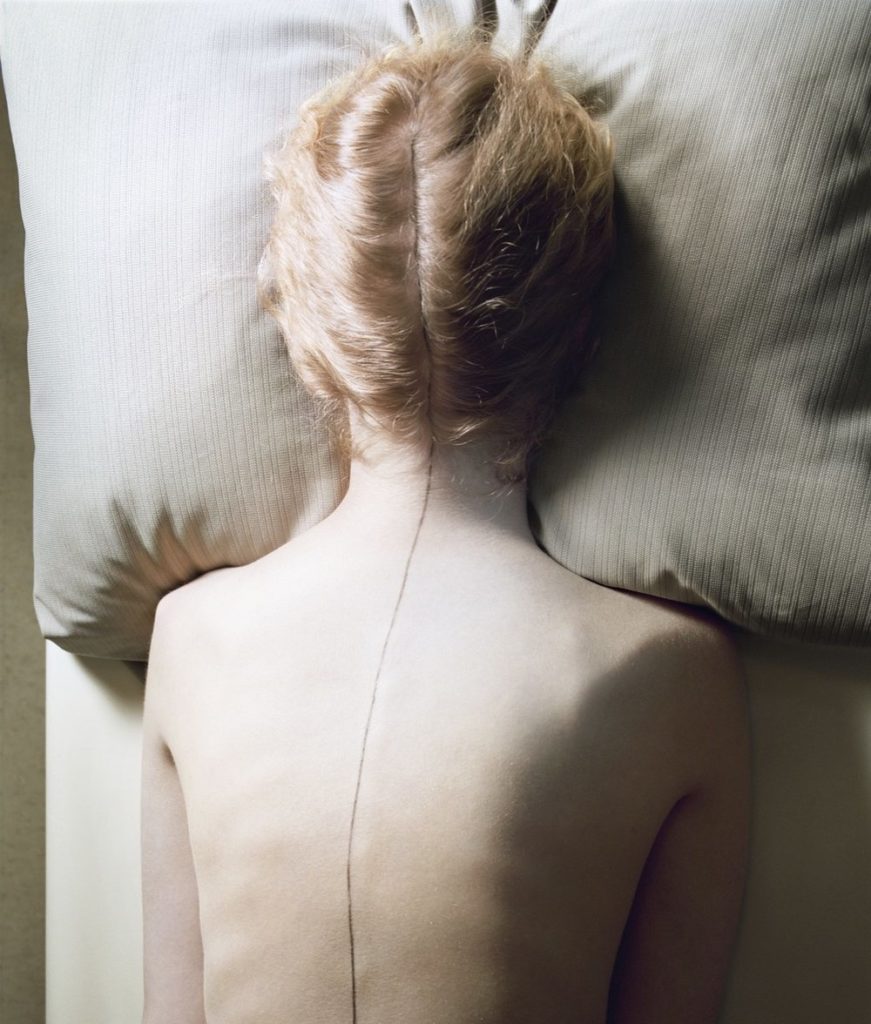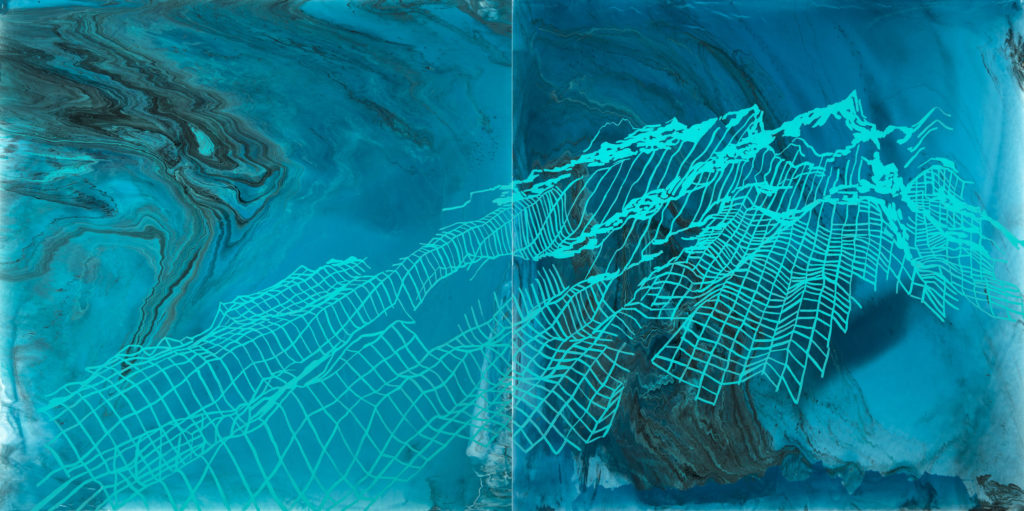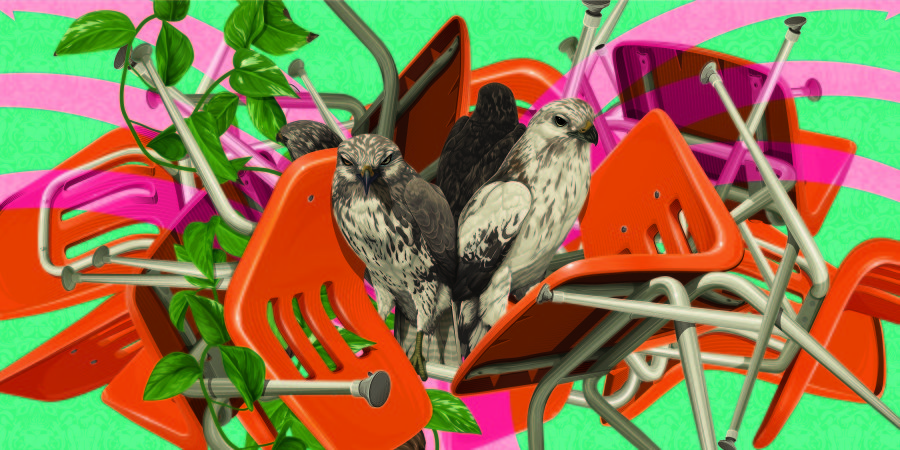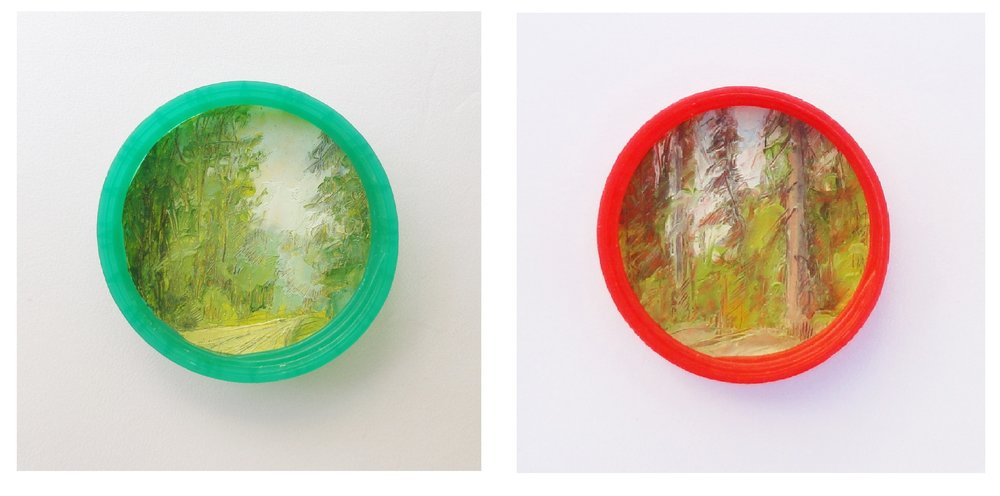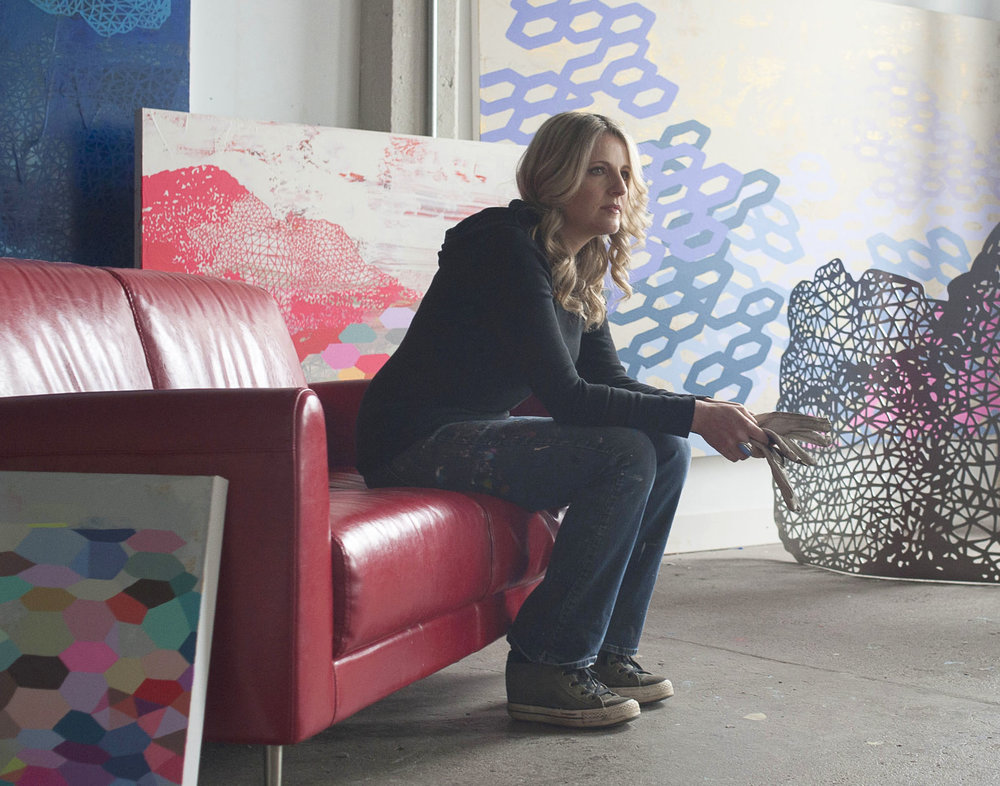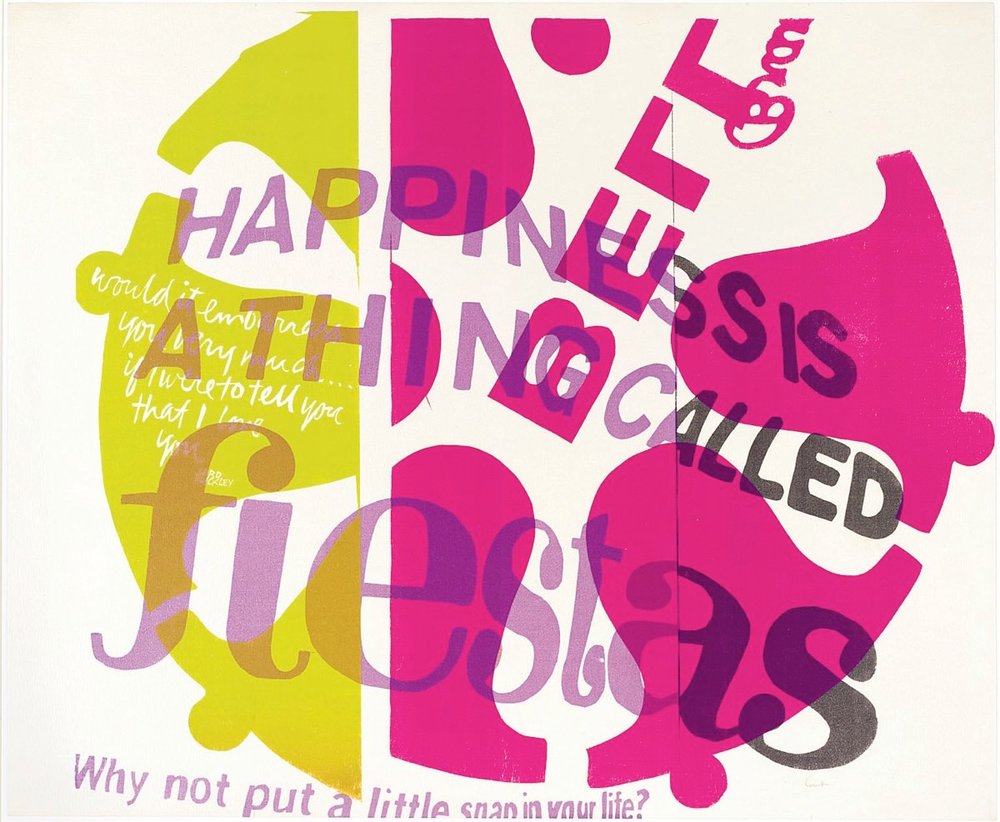Jo Ann Callis
Jo Ann Callis is a pioneer in photography. She began to use a camera in 1973 and was encouraged to continue during her studies at UCLA where in 1977 she completed her MFA in Photography. Not only talented, she is a refreshingly humble artist who is grateful for her long career. Labels such as fabricated, constructed, sexual and surrealist have been used to describe the result of her thoughtfully designed layouts and memorable photographs.

